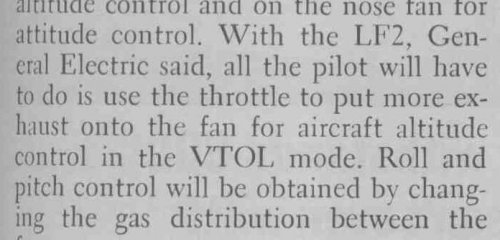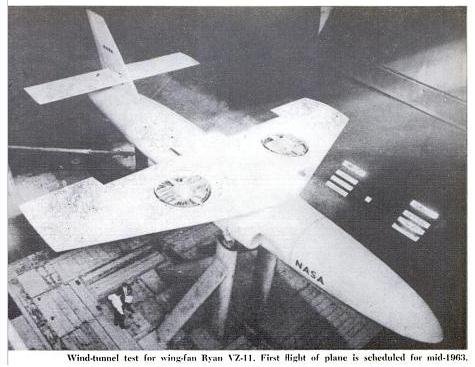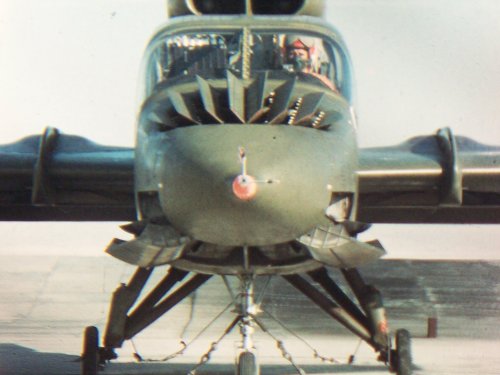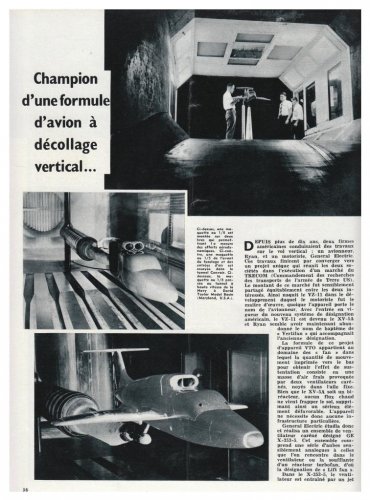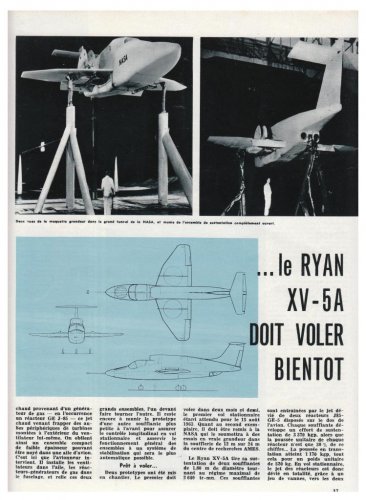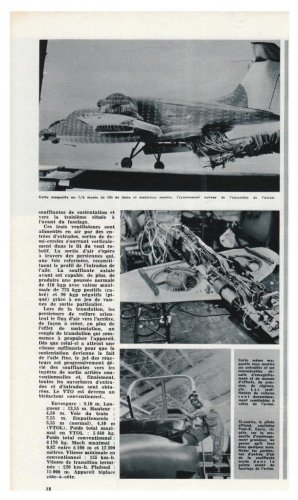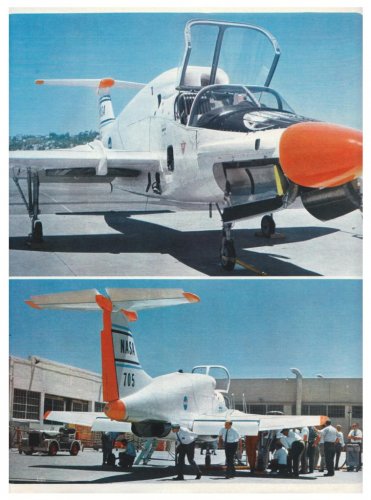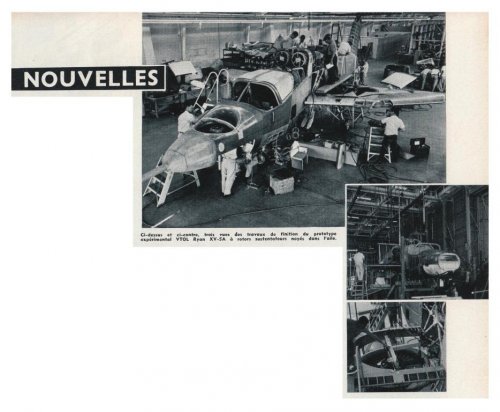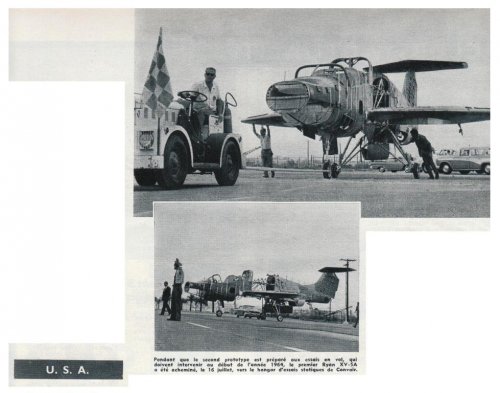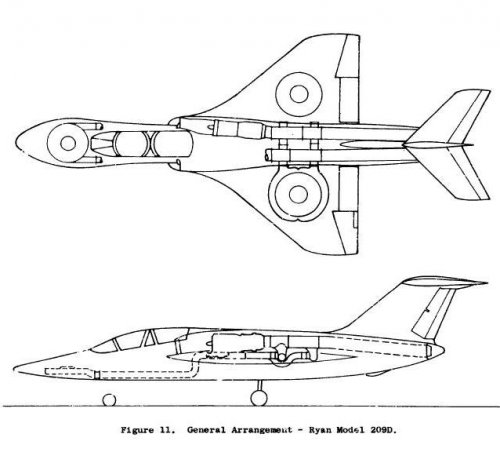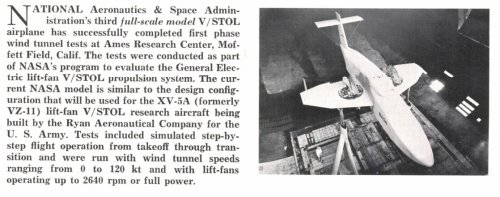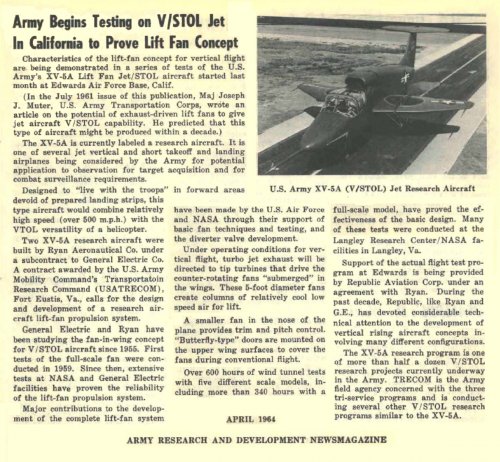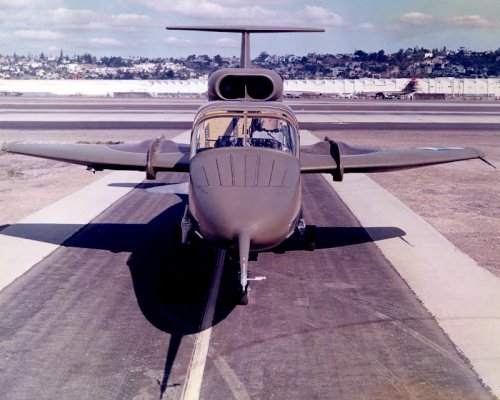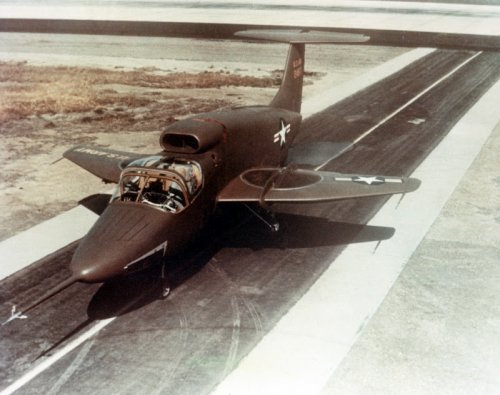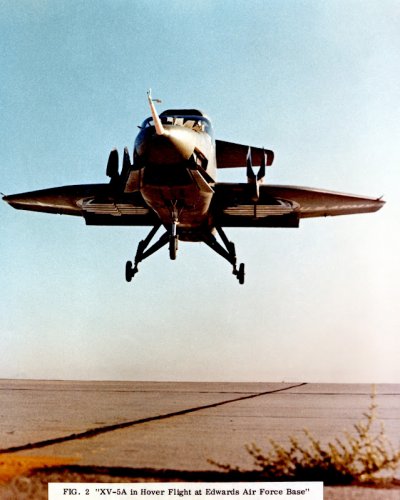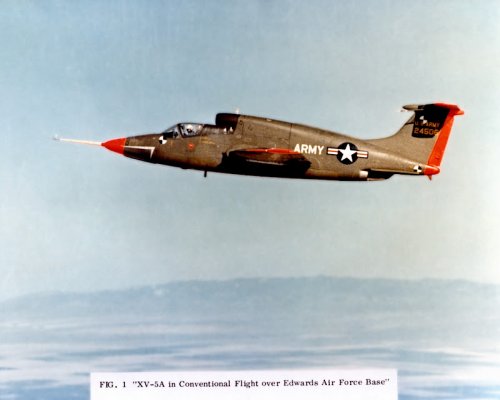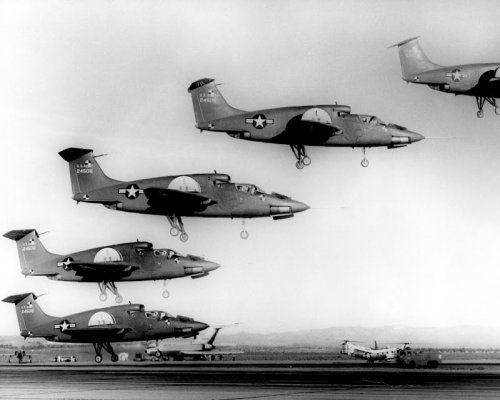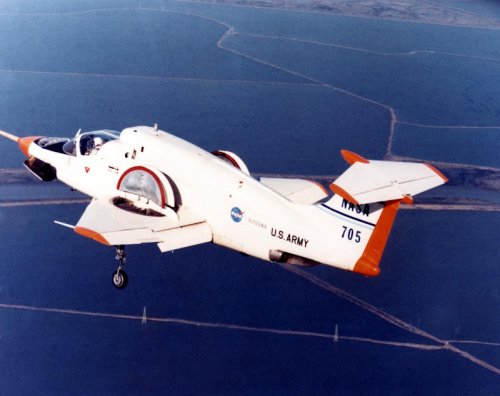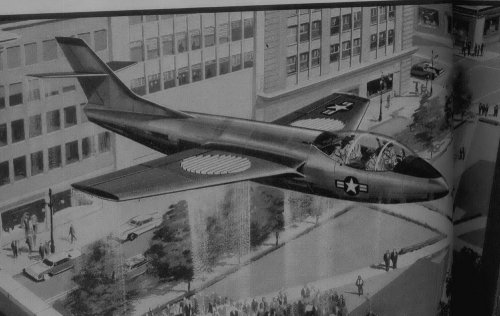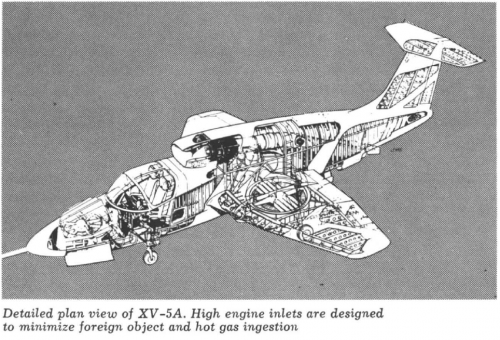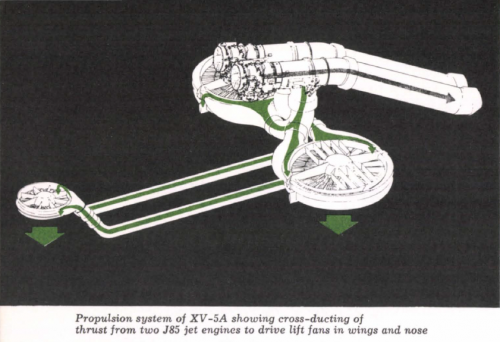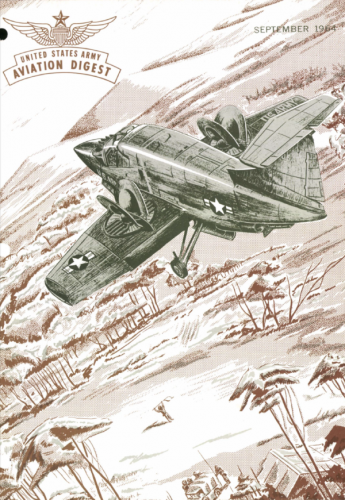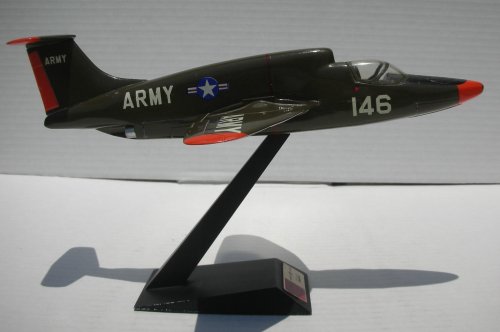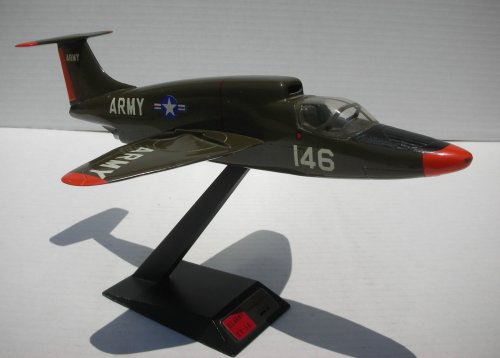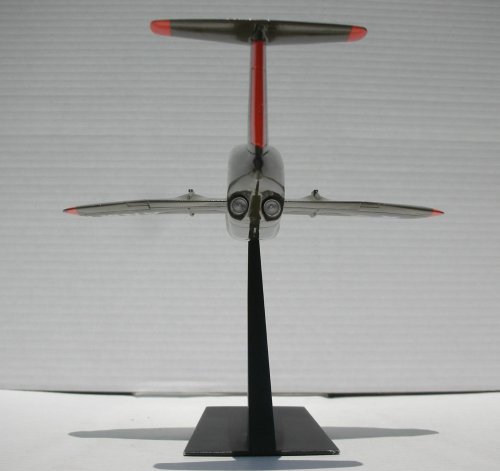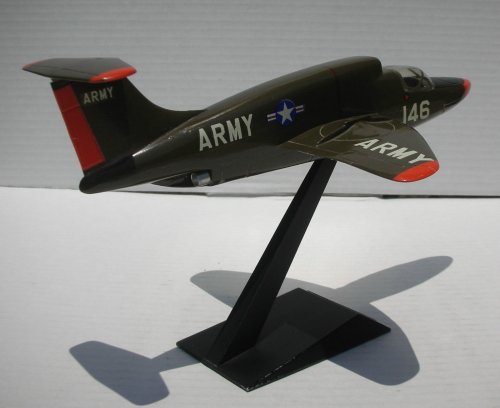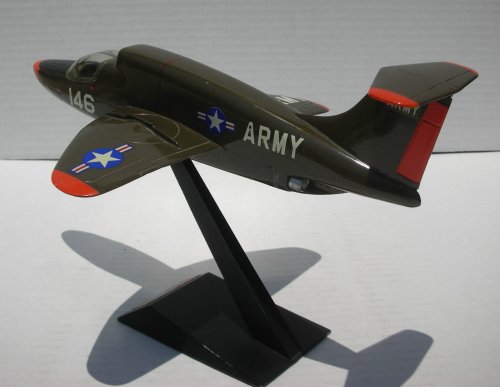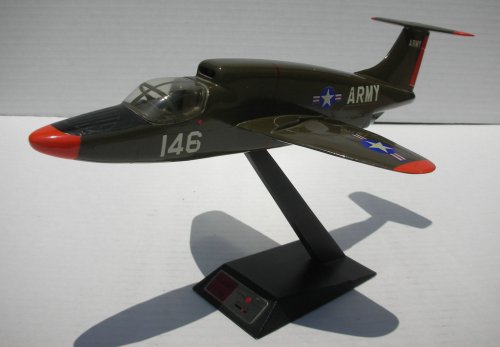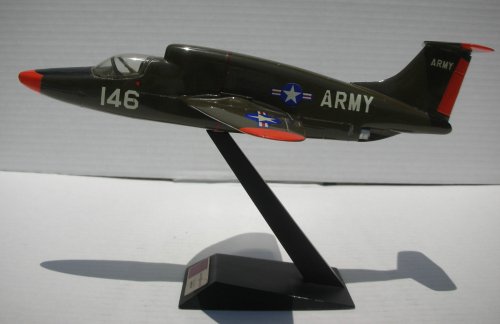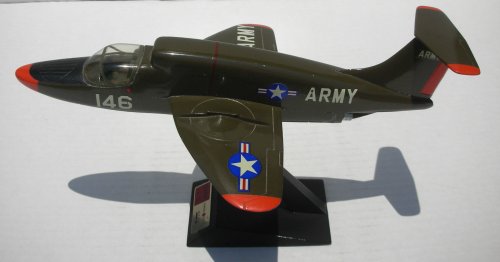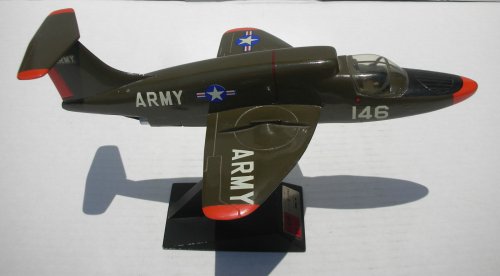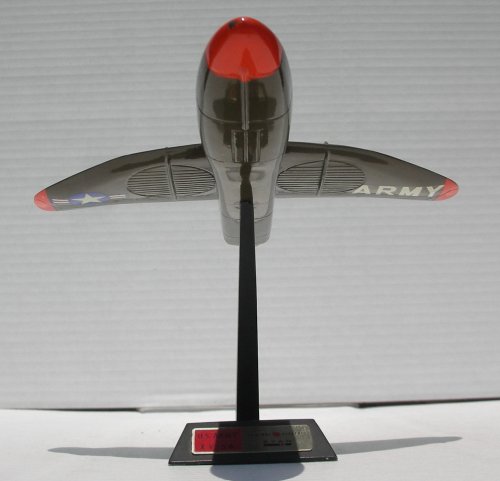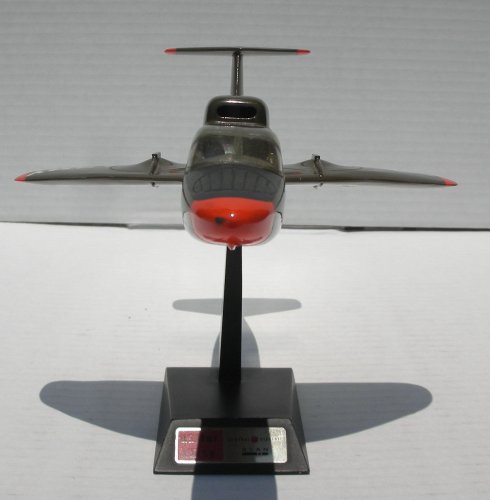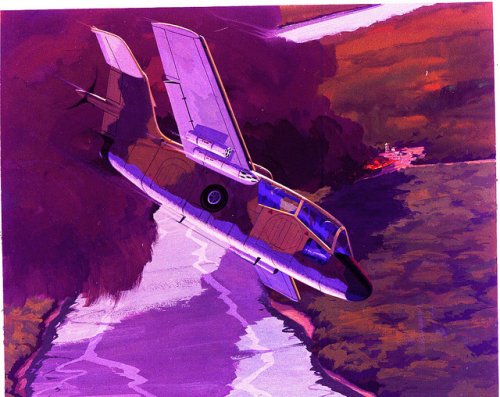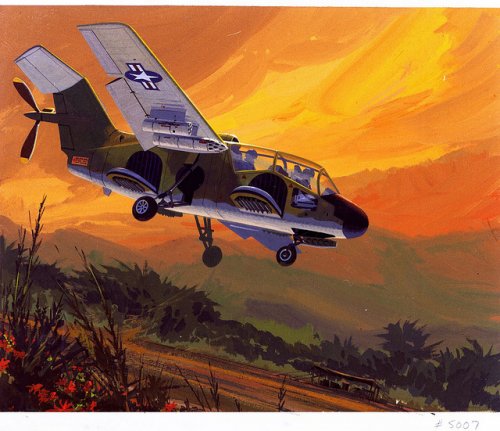- Joined
- 4 May 2008
- Messages
- 2,439
- Reaction score
- 757
Jemiba,
I don't think that you could use a valve for vertical thrust modulation.
The time response of the jets is such that you can't rely on them for altitude control, so you have to run them at a high RPM setting, with a relatively constant mass flow. The way you control attitude is by selectively spoiling thrust by using the faster-acting louvers in the fan ducts.
If you use a valve to take some air away from the ducts, the only place they have to go is the flight nozzles, and in that case you would simply start moving forward. This is only desirable in transition (by the way, the fan louvers were deflected to aid the process of transition).
IIRC the system wasn't entirely satisfactory. There was some talk of modifying at least the front fan (which provided pitch control) with a different system to increase authority.
Lots of good info is available on the NTRS.
for those interested, search for "Lift-fan aircraft: Lessons learned-the pilot's perspective "
here's a quote from said reference, put a little bit more eloquently than I was able to
hope this helps!
I don't think that you could use a valve for vertical thrust modulation.
The time response of the jets is such that you can't rely on them for altitude control, so you have to run them at a high RPM setting, with a relatively constant mass flow. The way you control attitude is by selectively spoiling thrust by using the faster-acting louvers in the fan ducts.
If you use a valve to take some air away from the ducts, the only place they have to go is the flight nozzles, and in that case you would simply start moving forward. This is only desirable in transition (by the way, the fan louvers were deflected to aid the process of transition).
IIRC the system wasn't entirely satisfactory. There was some talk of modifying at least the front fan (which provided pitch control) with a different system to increase authority.
Lots of good info is available on the NTRS.
for those interested, search for "Lift-fan aircraft: Lessons learned-the pilot's perspective "
here's a quote from said reference, put a little bit more eloquently than I was able to
Roll control in fan mode of flight was accomplished through differential modulation of wing-fan lift with the exit louvers which normally are also modulated for height control through the lift-stick
hope this helps!

